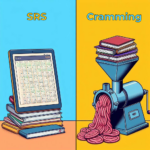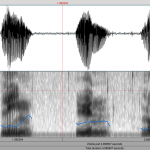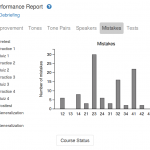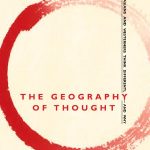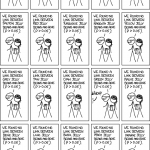Articles in the ‘Science and research’ category Page 4
-
Cramming vs. spaced repetition: When to use which method to learn Chinese
Cramming and spaced repetition are viable but opposite methods of reviewing Chinese characters, words and expressions. When should you use which? And Why?
Read → -
How and why to learn and teach Chinese through games
This article is a follow-up to a keynote presentation and a workshop held at the 15th Annual Chinese Teaching Conference at University College London. Even though the original target group is teachers of Chinese, the article is relevant for students as well.
Read → -
Whom should you trust for advice about learning Chinese?
There’s a lot of advice about how to learn Chinese floating around on forums, chat groups, social media, video services and blogs. Including Hacking Chinese. So how do you know whom you should trust? This article answers that question by discussing what my articles are based on.
Read → -
Obligatory and optional tone change rules in Mandarin
As if learning basic tones wasn’t enough, tones in Mandarin also influence each other and change depending on context. Some of these tone change rules you have to learn, but others are better left alone and will be absorbed automatically over time.
Read → -
The Hacking Chinese free tone training course
Learning to hear the difference between tones is difficult for many learners. Research shows that speaker variability and a systematic and predictable approach are key to overcoming the problem. With this article, I launch a tone training course, which is meant to provide you with just that. For free!
Read → -
Learning to hear the sounds and tones in Mandarin
Learning to hear the difference between tones in Mandarin can be difficult for adult learners. In this article, I introduce two effective ways of overcoming this problem, as well as my own research project, which is meant to help students and will be available soon.
Read → -
Learning to pronounce Mandarin with Pinyin, Zhuyin and IPA: Part 3
As adults, understanding is important when learning pronunciation. One way to achieve this is through the International Phonetic Alphabet (IPA), which will allow you to see the sounds your ears might fail to hear. Learning IPA also means learning basic phonetics, and that will do you good in the long run!
Read → -
Review: The Geography of Thought: How East Asians and Westerners Think Differently… And Why
People often ask me about cultural differences between East Asia and West and if it’s true that people in different cultures really are all that different. I usually answer something along the lines of that the differences between individuals are bigger than those between cultures. After reading the book recommended in this article, though, I can say a lot more. Reading Richard Nisbett’s “The Geography of Thought” has helped me connect the dots and make sense of some of the differences between East Asia and the West. It’s an enjoyable as well as thought-provoking read.
Read → -
What research can and cannot tell us about learning Chinese
Most students don’t read scientific studies very often, but they might still encounter them in the mainstream press or when discussed online. Reading scientific papers isn’t easy, though, and if not careful, you might draw the wrong conclusions. This article is about how to read studies about learning Chinese.
Read → -
Learning how to learn Chinese through self-experimentation
Rigorous scientific research typically requires large sample sizes, otherwise it isn’t possible to draw any conclusions about the population at large, which is the goal of most studies. However, experimenting with yourself as the only participant might not be relevant for other learners, but it’s highly relevant for you. This article is about how to use self-experimentation to learn Chinese.
Read →
